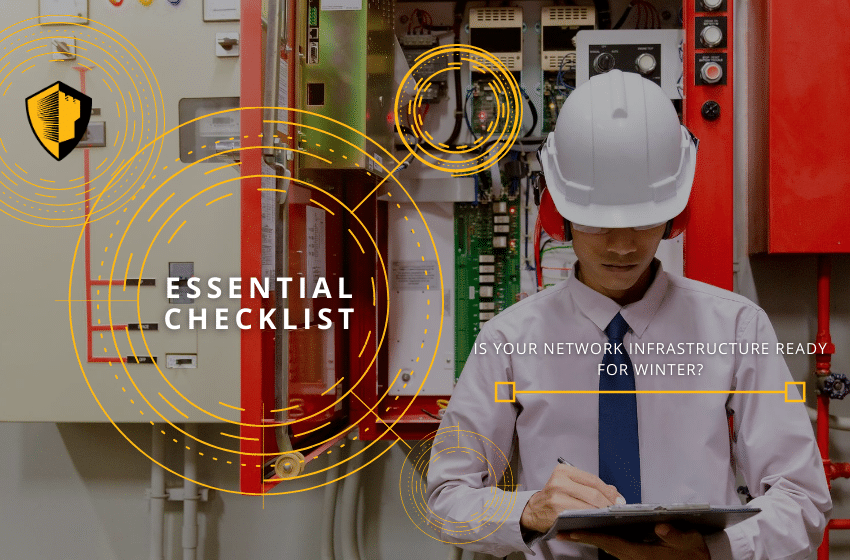
With temperatures continuing to dip, winter is well on its way and in some parts, it’s already here. It’s also the time of year when fire departments from coast to coast see surges in fire-related incidents from both residential and commercial buildings. Whether you’re a business owner or facility manager, staying abreast of the health of your fire safety system through seasonal inspections will give everyone peace of mind that they will be protected in case of an emergency. Now would be a good time to run diagnostics tests on your fire safety system. Let’s take a closer look at some essential items on your inspection checklist to consider.
Check inspection records and documentation
Be sure to consistently reference and keep records of your fire safety system inspection records in order to understand the full picture. If there is a lack of documentation, you should immediately engage fire and life safety solutions professionals to conduct a comprehensive inspection. Temperature swings between daily highs and lows throughout the year(s) and seasons can take its toll when fire safety systems and its parts remain idle.
Sprinkler Systems
Dry pipe and wet pipe sprinkler systems should be mapped as well as low point drains in order to be sure these systems function properly in case of an emergency. For example, it is imperative that wet pipe is protected from cold air flow so they do not freeze. Frost can and will render your sprinkler system about as useful as a screen door on a submarine.
Run electrical connectivity test
Contact your facility’s electrical contractors to run tests on all fire safety system connections starting with input sources. This will enable you to find out if all wiring and loads distributed to outlets, panels, and equipment are in working order. Run daily checks if necessary to prevent storage of flammable materials including cloths or other solvent-soaked items.
Contact your facility’s electrical contractors to run tests on all fire safety system connections starting with input sources. This will enable you to find out if all wiring and loads distributed to outlets, panels, and equipment are in working order. Run daily checks if necessary to prove.
Ensure staff understands all fire safety protocols
Make sure your fire safety leads (if you have not designated a team, do so immediately) understand all fire safety protocols. If available, run through a quick test to ensure each member understands their role. These individuals should also be willing to enforce fire safety and prevention protocols throughout the building and assist others during an emergency while guiding people to safety. Every year, the United States Department of Labor’s Occupational Safety and Health Administration (OSHA) and the National Fire Protection Association (NFPA) require fire extinguisher training for its employees.
Check inventory and fire extinguishers
Conduct a quick inventory check and make sure all extinguishers are in working order. Supply the appropriate level of heat to keep fire safety equipment functioning safely, including value houses, pump houses, and water tanks. If your facility has fire protection tanks, check them daily to prevent frost.
Check gas lines and connections
If your facility uses natural gas, be aware of the risks. Many businesses opt-out of using natural gas despite it being one of the most efficient fuels. The main risks are of course ignition and explosion if connections are not installed or maintained correctly. Buried gas lines are especially at risk. Install corrosion-free underground gas lines to prevent metallic pipe breakdown and remove underground pipe threads. Flexible gas risers can be used to install gas lines in tight areas but more importantly, they are not prone to frost and will help prevent potential gas leaks.
Though the above list of items for winter fire safety inspection may seem laborious, they are incomparable to the laundry list of costly problems you may face should Murphy’s Law take full effect. Preventive maintenance is a best practice that should be invested in no matter what to ensure safety for your people, business, and reputation.